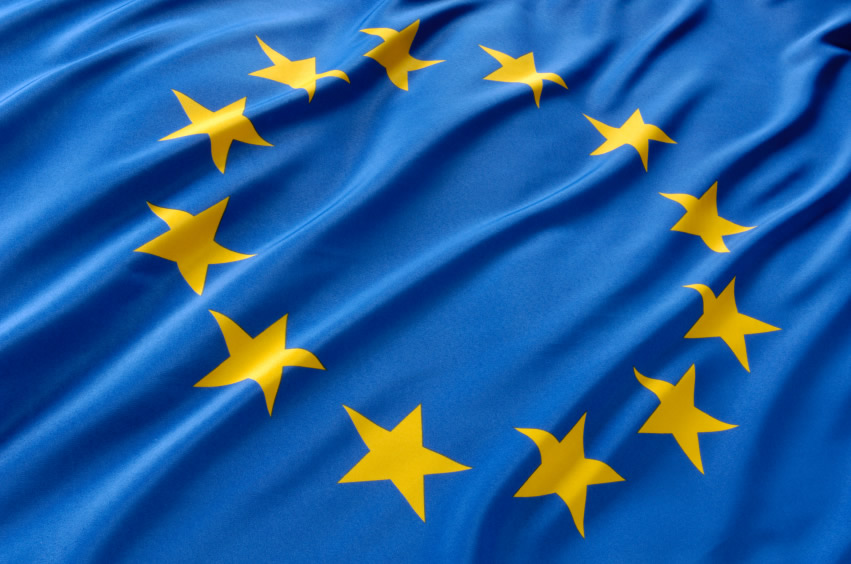First Step in EU MDR Compliance: The Gap Analysis

EU MDR: Requirements & Implementation | Register for this complimentary web seminar | 11 am ET, July 17, 2019Preparing for the EU MDR transition will be a mammoth task for many companies. Manufacturers must decide what resources are required and how their product portfolio will change based on the more stringent requirements of the new regulation. “We understand that we have these massive changes; now we have to determine which [products] we’re going to keep and which we’re not—which products we are going to retire, remediate and replace,” said Keith Morel, Ph.D., vice president of regulatory compliance at Qserve Group US, Inc. Morel and other industry experts shared their insights at the MedTech Intelligence EU MDR Implementation Strategies workshop last month in Washington, D.C.
These experts agreed that among the first steps a company should take is to conduct a gap analysis. A gap assessment provides a toolbox for the decision-making process and should identify four key factors, according to Tony Blank, president of Infinity Biomedical Group:
- Types of new test data necessary for MDR compliance
- Scope of new data
- Required labeling changes
- New files and agreements needed for compliance

Depending on how many products a company markets in Europe, a gap analysis can take upwards of a few months. When beginning the process, Blank recommends that companies involve the key subject matter experts from technical, regulatory and clinical teams. Begin with the basic tools: Understanding device classifications, listing individual MDR requirements (this can be organized in an Excel spreadsheet), and identifying product families. He offered the following key areas that companies should explore during gap analysis:
- Product classification
- Status of testing against current standards
- Labeling
- Risk management file
- Clinical evaluation reports
- Post-market surveillance
- Agreements between suppliers, economic operators and other vendors/partners
- Quality system procedures
- Cadence of planned changes to products (design and manufacturing iterations)
Above all, companies need to start planning now. As previously mentioned, depending on how many products a company has in its portfolio, it can take several months to properly complete the analysis—and that is just the start of the work to be done on the road to EU MDR compliance.